Nagoya City University Graduate School
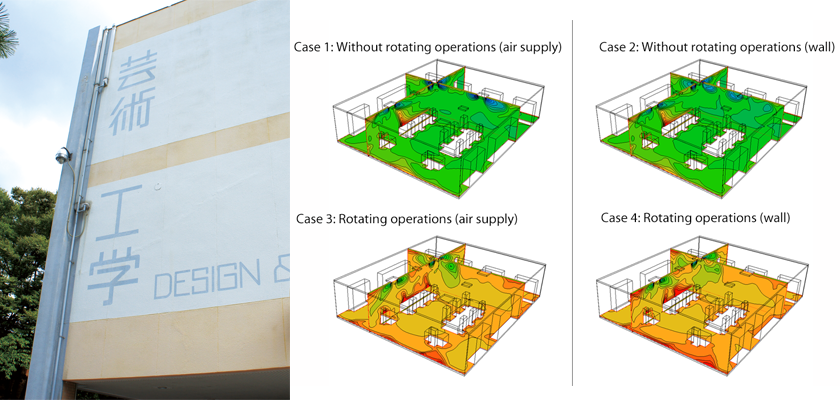
Applying CFD to Increase Air-conditioning System Life Cycle Energy Efficiency
Efficiently using limited energy resources over the long term makes it more important to optimize energy consumption versus simply cutting usage. Dr. Gyuyoung Yoon, Associate Professor at Nagoya City University, has coupled Cradle scSTREAM with an air-conditioning energy management tool to account for the impact of three-dimensional effects on total energy management.
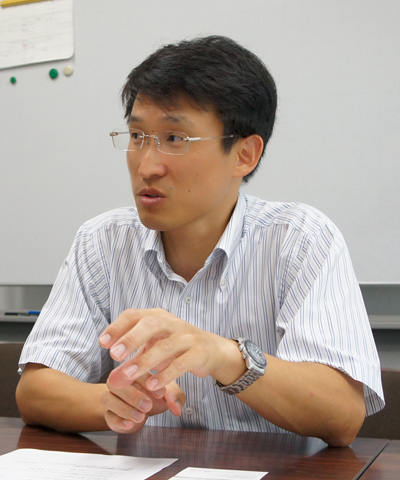
Gyuyoung Yoon (Doctor of Engineering), Nagoya City University Graduate School, Associate Professor of Design and Architecture
Energy consumption can be largely categorized into three sectors: transportation, residential and commercial, and industrial. In Japan, energy consumption in the residential and commercial building sector now consumes a third of the total energy used across the nation. Air-conditioning energy use accounts for nearly half of the energy uses from commercial sector. Because of this, optimizing the efficiency of architectural air-conditioning systems is critical to reducing total energy consumption.
Attempts have been made in the building and architecture industry to develop air-conditioning system management and assessment tools. Some of these include CASBEE (Comprehensive Assessment System for Built Environment Efficiency), BIM (Building Information Modeling), and ZEB (net Zero Energy Building). CASBEE is a method to evaluate overall environmental performance of buildings, whereas BIM is a database for project information, such as cost, materials, drawings and documents. These tools are considered keys to improving architectural productivity. ZEB has a globe undertaking. It is based on the idea of zero total energy consumption. All these approaches emphasize total energy management instead of merely focusing on reducing energy consumption. This is important because the large portion of building energy consumption being from air-conditioning clearly underlines the need of its optimization.
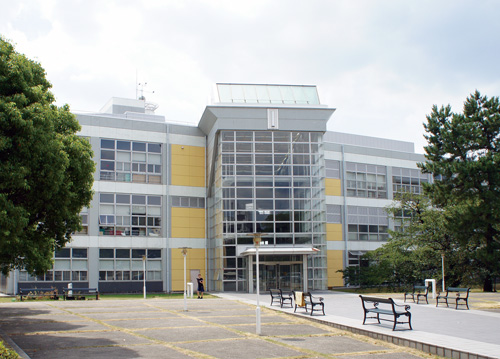
School of Design and Architecture, the winner of Chubu Architecture Award and Good Lighting Award (Chikusa-ku, Nagoya)
Tackling Optimization of Air-Conditioning
Dr. Gyuyoung Yoon, Associate Professor at Nagoya City University Graduate School, has been investigating ways to reduce building energy consumption by optimizing air-conditioning. Throughout his research exploring ways to enhance air-conditioning energy efficiency, he has investigated many different ideas including evaluation of the effectiveness of air-to-earth heat exchanger. This is a unique system that uses implementing underground pipes to provide warm air for winter and cool air for summer. Dr. Yoon also investigated the effect of dry mist, once used at the World Exposition site in Aichi, and double skin facade, which reduces energy by allowing air to circulate in the gap between two layers of exterior wall. Dr. Yoon’s latest interest is application of simulation to assess air-conditioning performance.
Managing Energy Consumption by Reviewing Life Cycle
Due to historically slow progress made on air-conditioning optimization, the LCEM (Life Cycle Energy Management) tool was developed to simulate the annual energy consumption of an air-conditioning system. LCEM tool was developed and made public in 2006 by MLIT (Ministry of Land, Infrastructure, and Tourism) Minister’s Secretariat. LCEM tool has been used to review energy management when constructing public building since 2010 as part of a mandatory procedure.
LCEM tool simulates the physics of the air-conditioning system, which enables users to observe the amount of energy consumed as the system operates. The tool updates the system status every hour, and users of the tool can observe its performance over time. The effects of yearly changes can be evaluated using the cumulatively collected results. Outdoor air temperature changes can also be simulated by externally calculating the thermal load and importing the load data into LCEM tool.
One of the advantages of the LCEM tool worth noting is that it can be used through life cycle phase. The air-conditioning system can be reviewed during the planning stage by design engineers, or during test operations to check the performance during construction. For actual operation, the tool can be used to evaluate energy performance and investigate ways to improve operational efficiency.
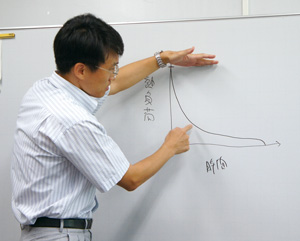
LCEM tool was designed to offer easy-to-use operation and offer the capability to evaluate off-peak performance. To meet the first requirement, the tool was based on spreadsheet software, as facilities engineers regularly used Microsoft Excel. The LCEM tool’s capability to evaluate off-peak performance, which varies depending on the degree of air-conditioner operation in different seasons and hours, helps to manage overall energy consumption, and accounts for part-load operation. Using LCEM tool is an innovative solution because it accounts for part-load operation, which had rarely been considered in air-conditioning system design.
Part-load operation means the system is operating below the rated capacity (system output needed to meet a pre-determined design point usually corresponding to the worst-case indoor and outdoor environmental conditions). By accounting for the system running at part-load operation, the building design can be optimized based on part-load operation, which is actually where the air-conditioning system operates most of the time. Designing to meet a need for the worst-case design point is like choosing a freezer with enough cooling capacity to provide sufficient cooling during the hottest day. However, this condition typically only lasts for a fraction of the total time during the year. Operating appliances below their design capabilities is usually highly inefficient. To prevent this, selecting a machine with less capacity, or using several smaller machines as needed can help improve overall energy efficiency. Other options for improving efficiency during part-load operation (for example when the electrical energy consumption is 80%) include heat storage systems. Effectively combining these options and methods to accommodate part-load operation along with using the LCEM tool makes it possible to take part-load air-conditioning operation into account.
Coupling LCEM Tool with scSTREAM for More Accurate Results
By coupling the LCEM tool with Cradle’s scSTREAM, users can improve the predictive accuracy for both software. Actual air-conditioning performance will vary depending on room temperature distribution and other environmental factors. However, the LCEM tool only considers one-dimensional conditions and cannot account for the complex temperature distribution within the room. Since the performance of the air-conditioner is highly dependent on the indoor conditions, simulation can be connected to the LCEM tool calculation to realistically represent the indoor temperature condition; this is done by coupling LCEM tool and scSTREAM. LCEM tool intake air conditions can be imported into scSTREAM, which then analyzes indoor room conditions. The results from scSTREAM are converted back to the intake condition for LCEM tool, and the cycle is repeated until the solution converges.
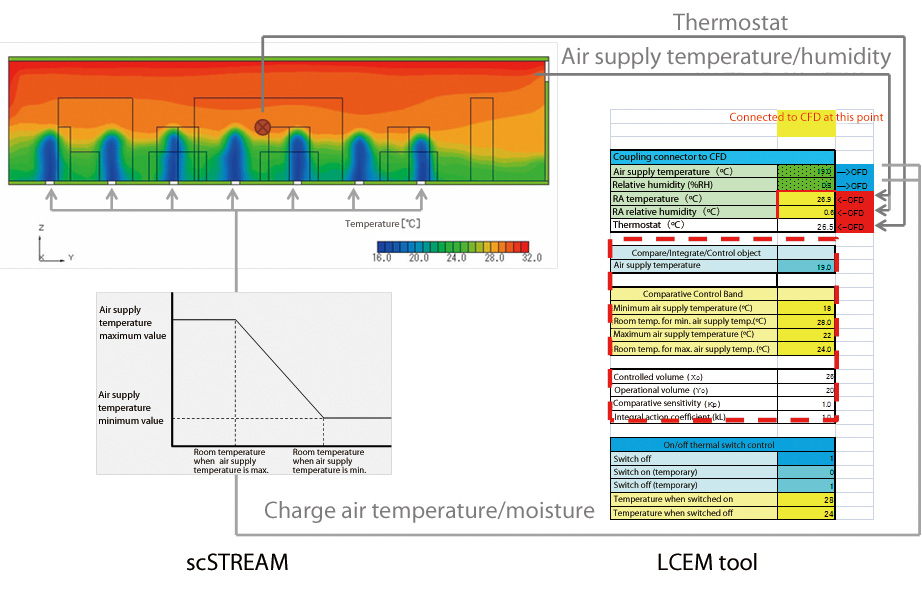
Fig: Conceptual diagram of coupling LCEM tool with scSTREAM
Before Dr. Yoon started working on the coupling of LCEM tool and scSTREAM, analysts assumed that the temperature of the entire indoor environment could be adjusted to the same temperature all at once. In reality, the temperature cannot be adjusted instantly, and the temperature will vary at different locations inside the room. Seeing this, Dr. Yoon decided to apply simulation to more realistically calculate the room temperature, and couple the simulation to LCEM tool. His investigations included evaluating environmental variations created when the air-conditioner was partially functioning under energy saving measures. He also looked at the variations when the air-conditioning system functioned less regularly. If operating the air-conditioning less regularly did not produce any significant difference in temperature variation, a systematic approach to managing on/off time could offer solutions to today’s growing demand for improved energy efficiency.
Dr. Yoon started to use scSTREAM in 2006 after he received an inquiry from a design company, asking for suggestions about how to evaluate indoor temperature distribution because one of their clients was interested in this. The company did not know how to analyze this kind of situation. Due to desire to be more energy efficient they knew that they should no longer target to maintain the entire indoor temperature to 26 ºC, but they were concerned about the amount of temperature variation. Fortunately, PC performance had dramatically improved in these days, and 3D simulations had become realistically achievable. When Dr. Yoon received this request he chose scSTREAM to investigate the situation, making full use of its capability to visually represent the simulation results very effectively. He had used scSTREAM to evaluate the airow generated by an approaching train, at the Oebashi Station in Osaka. Dr. Yoon recalls that scSTREAM was extremely useful as it was easy to learn to use the software because just upgraded to a new version with a very user-friendly interface. His students in the laboratory were able to start generating useful results in two weeks. Dr. Yoon says, “it was not only very easy to use, but what was also amazing about scSTREAM was that we were able to master it in far less time compared to other tools.
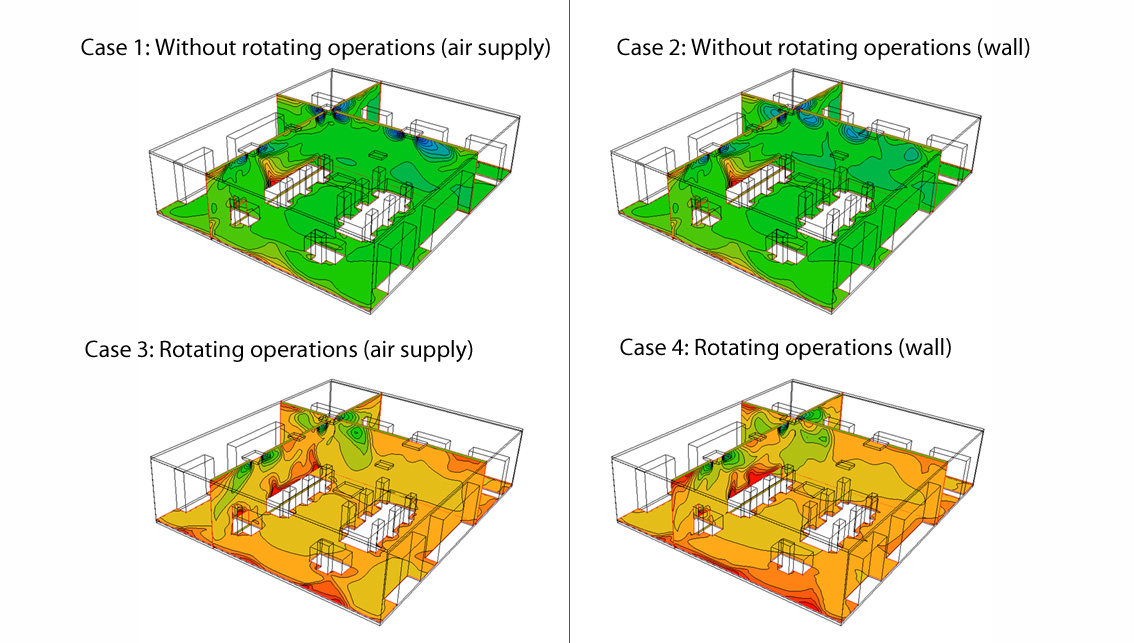
Fig: Simulation example of evaluating the effect of energy saving measure for individual air-conditioning system
Further Improvements
Dr. Yoon appreciates Software Cradle’s fast support service response to inquiries, and says that he is grateful for the speed and quality of the support he received. On the other hand, he notes that new functions should be able to operate on ongoing versions. This wouldn’t be such a problem if only a certain function was involved, but when used with other functions, the whole chain is affected.
He also notes he would love to have the postprocessor available on laptop PC. Although network edition has not been made portable so far, it would be more effective to show the analysis using postprocessor at meetings since more can be explained in depth compared to showing print-out results. CradleViewer can be used to simply show the results, but it can only show pre-selected images. Dr. Yoon claims that since showing animation is effective when explaining and answering questions, it would be helpful to have the license restriction of just postprocessor removed, if not all.
Dr. Yoon explains that “there is no point of developing LCEM tool if it’s not widely used in society, and it’s essential to make it accessible and comprehensible in order to spread the awareness.” He now undertakes simulation research using the coupling of LCEM tool and scSTREAM in collaboration with Nagoya University Research Group (organized by Professor Masaya Okumiya and Associate Professor Satoru Iizuka from Nagoya University Graduate School of Environmental Studies). “We hope to customize the coupling of LCEM tool and scSTREAM to make it more useful,” says Dr. Yoon.
Designing and operating effective air-conditioning system will be inevitable for the field of building and architecture, and it is evident that coupling of LCEM tool and scSTREAM will promote this development further.
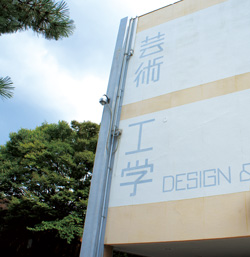
Graduate School of Design and Architecture
- Faculty: Established 1996
- Faculty: Established 1996
- Graduate School: Established 2000
- Type of University: Public
- Location of Head Office: Mizuho-ku, Nagoya, Aichi, Japan
*All product and service names mentioned are registered trademarks or trademarks of their respective companies.
*Contents and specifications of products are as of August 1, 2013 and subject to change without notice. We shall not be held liable for any errors in figures and pictures, or any typographical errors.
Download


